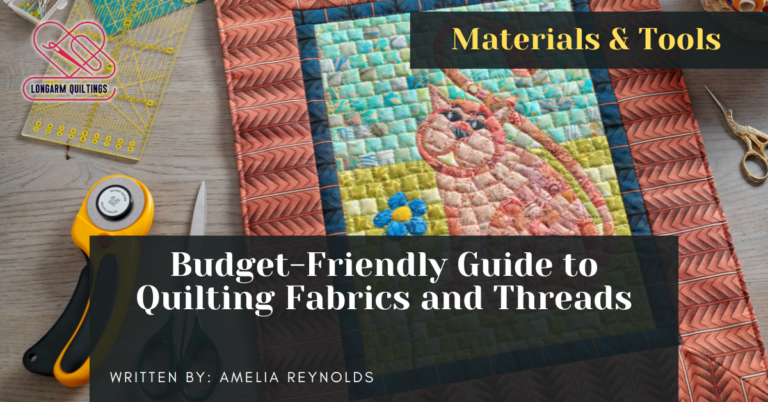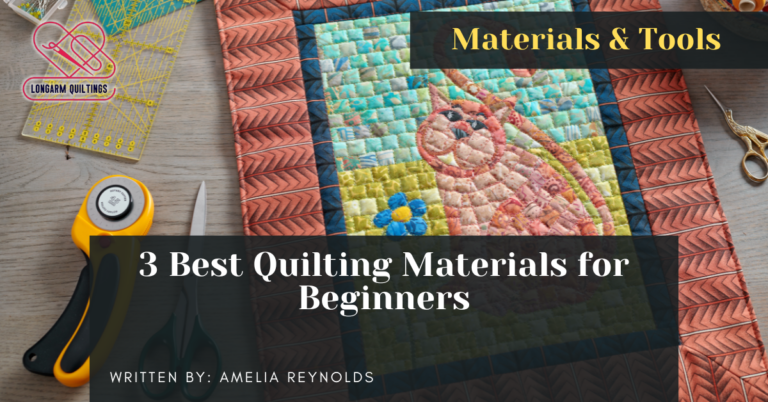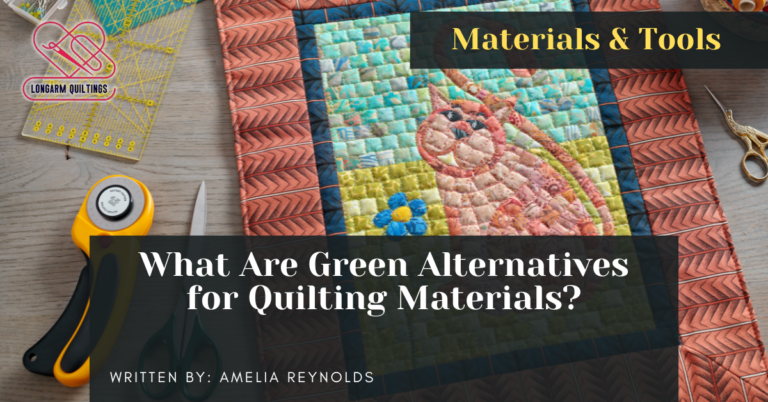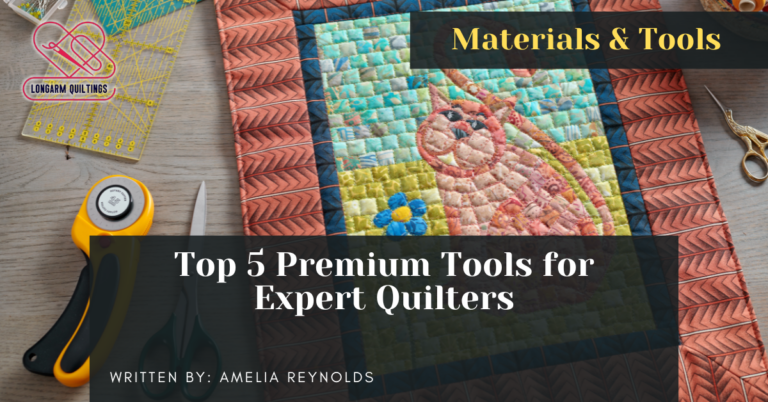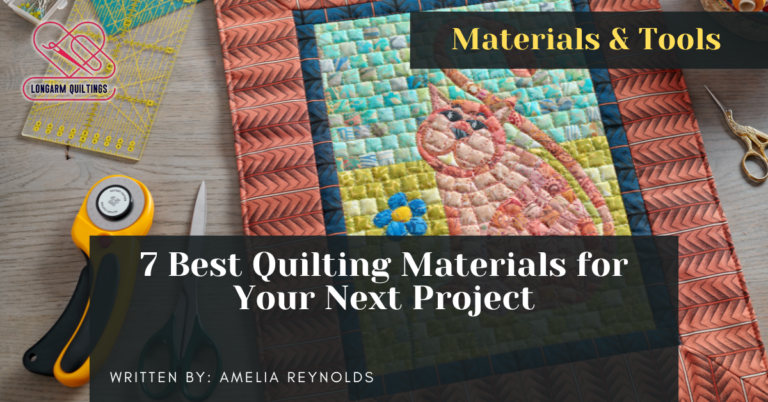In the realm of quilting, the choice of needles and pins can significantly impact the outcome of your project. Understanding the nuances between various needle sizes and pin types is crucial for achieving professional results.
As we navigate through the intricacies of top-rated quilting needles and pins in this guide, we will unveil essential tips for selecting the right tools, ensuring your quilting experience is not only efficient but also yields impeccable results.
Join us on this journey as we explore the world of quilting essentials.
Needle Vs. Pin: Understanding the Difference
When delving into the world of quilting, it is crucial to understand the fundamental distinction between quilting needles and pins. Needle types play a crucial role in determining the success of your quilting project. There are various needle types available, such as sharps, betweens, and appliqué needles, each designed for specific tasks. Sharps are ideal for general quilting, betweens for hand quilting, and appliqué needles for intricate work.
On the other hand, pin materials are equally important. Ensure you use high-quality pins made of stainless steel or nickel-plated steel to prevent rusting and snagging on fabric.
Additionally, needle threaders can be incredibly helpful, especially for quilters with poor eyesight or dexterity issues. Investing in a good needle threader can save time and frustration during the quilting process.
Pin cushions are essential for keeping your pins organized and easily accessible while working on your project. Choose a pin cushion that is sturdy and has a velvet or wool surface to keep your pins sharp and in place.
Mastering the differences between quilting needles and pins is a fundamental step towards achieving successful quilting outcomes.
Choosing the Right Needle Size
Selecting the appropriate needle size is a critical consideration in quilting, as it directly impacts the stitching quality and overall outcome of your project. Needle gauge refers to the thickness of the needle shaft, with lower gauge numbers indicating thicker needles. When choosing the right needle size, consider the type of fabric and thread you plan to use. Thicker fabrics like denim require a lower gauge needle to prevent breakage, while delicate fabrics such as silk may benefit from a higher gauge needle to avoid puckering.
The needle size also influences stitch tension. A needle that is too small for the thread can cause the fabric to pucker, while a needle that is too large may leave visible holes. Ensuring the needle size matches the thread weight helps maintain balanced stitch tension, resulting in smooth and even stitches. Experimenting with different needle sizes on scrap fabric before starting your project can help you determine the best needle size for optimal results.
Top 5 Quilting Needles on the Market
In the world of quilting, the availability of various quilting needles offers a range of options to cater to different preferences and needs. When selecting the top quilting needles on the market, it's essential to consider both the needle materials and the reputation of the brands.
Here are some of the top-rated quilting needles that are favored by quilters:
- Schmetz Quilting Needles: Known for their quality and durability, Schmetz quilting needles come in various sizes to suit different quilting projects.
- Clover Quilting Needles: Clover needles are popular among quilters for their smooth stitching experience and precision in creating intricate designs.
- John James Needles: Renowned for their strong and sharp needles, John James needles are a favorite choice for quilters working with multiple layers of fabric.
- Bohin Quilting Needles: Bohin quilting needles are celebrated for their fine points and smooth quilting performance, making them a top choice for detailed quilting work.
These needle brands offer a variety of materials and sizes to accommodate different quilting techniques and projects, ensuring that every quilter can find the perfect needle for their needs.
The Best Pins for Securing Your Quilt
Securing a quilt effectively requires the use of high-quality pins that can withstand the demands of the quilting process. When selecting pins for quilting, consider different types and features. Fine pins with sharp points are ideal for delicate fabrics, while longer pins work well for basting multiple layers. Look for nickel-plated steel pins to prevent rust and ensure durability. Glass-head pins are easy to spot and handle, making them a popular choice among quilters.
Organizing and storing your pins properly is essential for a smooth quilting experience. Utilize a pincushion or magnetic pin holder to keep your pins secure and easily accessible during your quilting projects. Some pin holders come with compartments for different pin sizes, allowing for convenient organization. Additionally, storing your pins in a designated container or case will help prevent loss and damage.
Tips for Proper Needle and Pin Care
Maintaining the quality and longevity of your quilting needles and pins requires careful attention to proper care and storage practices. To ensure your needles and pins stay in top condition, follow these essential tips:
- Needle maintenance: Keep your needles clean by wiping them with a soft, dry cloth after each use. Avoid using oil or lubricants as they can attract dust and lint, impacting the needle's performance.
- Pin storage: Store your pins in a pincushion or a dedicated pin holder to prevent them from bending or getting lost. Avoid keeping pins in humid or damp areas to prevent rust formation.
- Replace bent or dull needles: Regularly inspect your needles for any signs of bending or dullness. Replace these needles promptly to ensure smooth stitching and prevent damage to your fabric.
- Use the right needle for the job: Different types of needles are designed for specific tasks, such as quilting, embroidery, or general sewing. Using the correct needle for your project will result in better stitch quality and prevent unnecessary strain on your machine.
Frequently Asked Questions
Can Quilting Needles Be Used Interchangeably With Sewing Machine Needles?
Quilting needles and sewing machine needles are designed for specific tasks. While they may appear similar, their structures and functions differ. Using the correct needle type for each task ensures optimal performance, stitch quality, and longevity of both the needle and the machine.
Are There Any Special Techniques for Threading Quilting Needles?
When threading quilting needles, consider using a needle threader for efficiency. Hold the needle against a white background for better visibility. Wetting the thread's end can also aid in threading. These threading hacks can streamline your quilting process.
How Often Should Quilting Pins Be Replaced?
Quilting pins should be replaced when they start to show signs of wear or bending, typically every 3-6 months for regular users. To extend pin longevity, store them in a pincushion and avoid excessive force during use.
Can Quilting Pins Be Sharpened or Reconditioned?
Quilting pins are usually not designed to be sharpened or reconditioned due to their delicate nature. Attempting to modify them can compromise their effectiveness and safety. It is recommended to replace worn-out pins for optimal quilting results.
Are There Any Specific Storage Methods for Keeping Quilting Needles and Pins in Good Condition?
Proper storage solutions for quilting needles and pins are essential to maintain their condition. Utilize magnetic pin holders, needle cases, or designated containers to keep them organized and easily accessible. Store needles in a secure, dry place to prevent rust and damage.
Conclusion
In conclusion, selecting the right quilting needles and pins is essential for achieving successful quilting projects. By understanding the differences between needles and pins, choosing the correct size, and investing in high-quality products, quilters can improve their overall sewing experience.
Proper care and maintenance of needles and pins will also prolong their lifespan and ensure optimal performance. With the right tools and techniques, quilters can create beautiful and precise quilts with ease.

